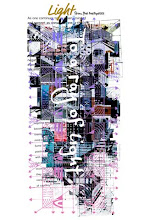Heijokyo became the capital of Japan in 710.

Heijo Palace in Heijokyo also has a golden ratio vortex-shaped onigawara. Heijo Palace is the inner palace of Ouchi, which consists of the inner palace, which is the residence of the emperor, that is, the inner court, and the Chodoin, where ceremonies are held. At the eastern end of Heijo Palace, there was a Toin garden where parties were held.



The next phoenix onigawara also has a golden ratio. In other words, the phoenix is also a common symbol. In the West, it's called Phoenix.

In addition, the Takamikura, where the emperor's coronation ceremony is held, is displayed at the Daigokuden of Heijokyo. The golden swirl at the top of this high thrones is also the golden ratio. On top of that is the phoenix, which is a common symbol. The Imperial thrones of Japan are octagonal when viewed from above, which was also seen in Mesopotamia as a symbol.








0 コメント